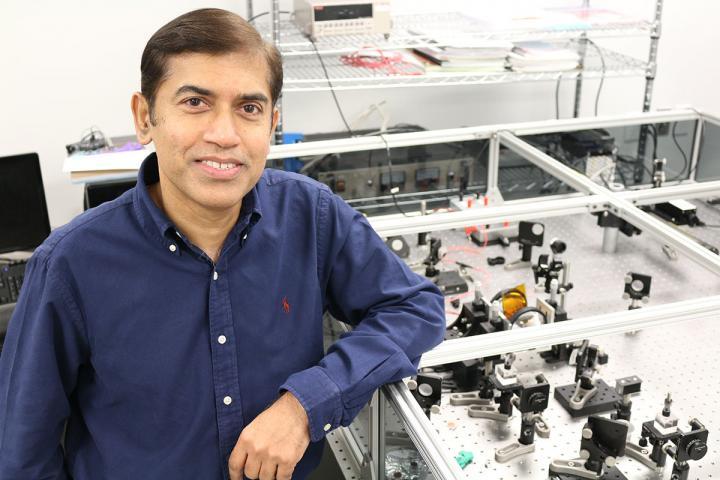AI may help make spray-on perovskite cells

Review of over 2,000 publications could help refine the best recipes for making stable solar cells
A research team at the University of Central Florida has used Machine Learning as a way to optimise the materials to make stable perovskite solar cells (PSC). The team's work was published in the Dec. 13 in the Advanced Energy Materials journal.
The team looked at more than 2,000 peer-reviewed publications about perovskites and collected more than 300 data points then fed then into the AI (amhcine-learning) system they created. The system was able to analyse the information and predict which perovskites recipe would work best.
"Our results demonstrate that machine learning tools can be used for crafting perovskite materials and investigating the physics behind developing highly efficient PSCs," says Jayan Thomas (pictured above), the study's lead author and an associate professor at the NanoScience Technology Center. "This can be a guide to design new materials as evidenced by our experimental demonstration."
If this model bears out, it means researchers could identify the best formula to create a world standard. Then spray-on solar cells may happen in our lifetime, the researchers say.
"This is a promising finding because we use data from real experiments to predict and obtain a similar trend from the theoretical calculation, which is new for PSCs. We also predicted the best recipe to make PSC with different bandgap perovskites," says Thomas and his graduate student, Jinxin Li, who is the first author of this paper. "Perovskites have been a hot research topic for the past ten years, but we think we really have something here that can move us forward."


































